My wife and I have made a concerted effort to start following a more healthy lifestyle and being able to align it with our long term goals of 80 to 90% self sufficiency. We have researched and tested different dietary mantras including vegetarian, vegan, etc. My initial thought was that I already grow vegetables, what is so hard about going vegetarian? Well besides the fact that I love meat, it would be perfect! In my opinion, bacon should be it’s own food group.
So we looked at atkins/south beach/keto, whatever the call tag for a ketogenic diet is these days. We raise our own animals and growing wheat on a small scale is very labor intensive so that really isn’t on our radar at all. Yet we can grow a ton of low carb veg to eat, let’s try it!
It went well for a couple weeks till the carb cravings kicked in. I think I destroyed a Dunkin Doughnuts in one afternoon.
I had read about the slow carb diet and was impressed by the claims of author Tim Ferris. After further review and seeing the restrictions on fruit, I had to tap out. I have a orchard and a large amount of soft fruits I have been cultivating over the past six to seven years and there’s no way I could cut those from my diet.
I had heard about Paleo/Caveman/Hunter Gather diets for some time and I did some research on line and read a few books. I was immediately put off by the fanaticism of some things I was reading on different forums and blogs.
You’ll die if you have that all natural peanut butter you ground up yourself! Peanuts are legumes not nuts!
*puts down peanut butter*
I totally just scored some alfalfa raised oxen liver from Tibet for 99 dollars a ounce, I can feel my muscles sucking up the life force the sacred oxen has bestowed upon me.
Both examples are totally tongue in cheek, but you get my point.
I mean if we want to go full bore paleo than I think a hundred mile challenge would be more in line with paleolithic man’s nomadic lifestyle. Just make sure you move that 100 mile range every couple months and only consume what you find locally.
I wasn’t looking for a new religion, I was just looking for a few simple ground rules to live by and to be able to share with people. A map for a dietary base so to speak to help me on this path towards self sufficiency. And one day I found that map.
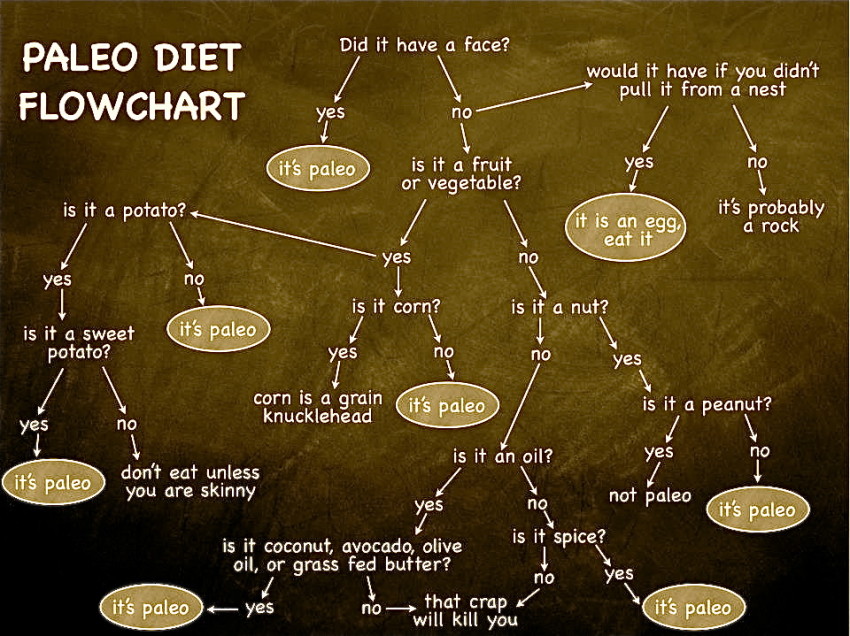
There’s those peanuts again! And how the heck does butter eat grass?
 Take those two items away and I was pretty excited. See this is something I can work with, this I can modify to our long term self sufficient goals. Like I said earlier, we already raise most of our meat and my freezer would make most hard core paleo followers salivate with my grass fed pork, free range turkeys, chickens and ducks.
Take those two items away and I was pretty excited. See this is something I can work with, this I can modify to our long term self sufficient goals. Like I said earlier, we already raise most of our meat and my freezer would make most hard core paleo followers salivate with my grass fed pork, free range turkeys, chickens and ducks.
So if I had to sum up what I think paleo means based off the flow chart above, it means to eat whole real food with nothing processed. Exactly the way our grandparents and great-grandparents did, and the generations before them.
Some people will read that and think, Duhhhhh, that’s easy to do.
Is it really though for the average American today? A large majority of people don’t even know what real food is anymore, everything comes out of a box or a fast food joint. Besides the fact that real food is expensive compared to processed food which is a huge budget line for American families in today’s economy. If you have to buy your kids snacks and are on a tight budget; are you going to pay $1.50 for one honey crisp apple or get a can of Pringles you can stretch over a couple days. I have documented in the past about my pineapple experiment; I was able to double the amount of dehydrated pineapple using canned product versus buying fresh.
And I blame Clarence Birdseye for this.
With his invention of the double belt freezer he was able to provide families with what was touted as a fast convenient alternative to having to grow your own produce and canning it. No modern day housewife should have to do that with Birdseye frozen vegetables at the super market right around the corner!
The transition from food self-sufficiency as a nation to a consumer based society began.
Then with the explosion of dual income families over the past fifty years the changeover from a whole food based diet to a convenience based diet was accelerating to the point we find ourselves at today. People don’t eat food anymore, they eat chemicals out of boxes. If you want to eat real food, only shop the outer ring of the grocery store. That’s where you will find the real food; fruit, vegetables, meats, etc. The aisles in the middle are nothing but packaged chemicals sold as food.
Because of these things we have a whole generation that doesn’t know what real food is, doesn’t know how to cook and doesn’t know how to put food by.
So back to my original question, is a paleo based diet a pathway to self sufficiency? I believe it is.
- Paleo eats lots of vegetables: plant a garden. Roots vegetables are a large part of my recipes and are some of the easiest vegetables to grow and store.
- Paleo eats fruit: start a strawberry tower, plant a grape vine or a blueberry bush
- Paleo eats eggs: get a few chickens.
- Paleo eats meat: raise a meat animal or buy a side of beef in bulk to save a ton of money.
- Paleo cooks meals from scratch without processed food: there are a ton of simple recipes available on blogs, in books, social media, etc that anyone can make. Experimenting is half the fun and a crockpot is your friend to make bulk meals
- Paleo doesn’t eat grains: like I said earlier growing wheat is not something we have plans on doing so I’m cool with that.
- Paleo shuns processed sugar: start a apiary for honey, bee keeping is ideal skill set for a self sufficient way of living and has a ton of benefits plus it can be a worthwhile side venture.
What does a paleo based diet look like? Here are some things we have made recently.
Notice I say paleo based, not paleo. In some circles dairy is prohibited, in others it’s fine. I will post the recipes for these and others on the blog.
“Let food be thy medicine and thy medicine be food” ― Hippocrates
This doesn’t mean to go throw everything out that’s in your cupboards and refrigerator and go buy a bunch of things you don’t know what to do with. What it does mean is start doing research, learn what real whole food is and experiment with a few recipes. Find a few that you like and then plant a garden that supplies you with some of those ingredients and learn how to preserve them and put them by for later use. Take a bee keeping class at the local adult education, you can probably pick up a canning class as well.
Over time your skill sets will develop to the point where you are no longer food dependent but food self-sufficient. Peace.

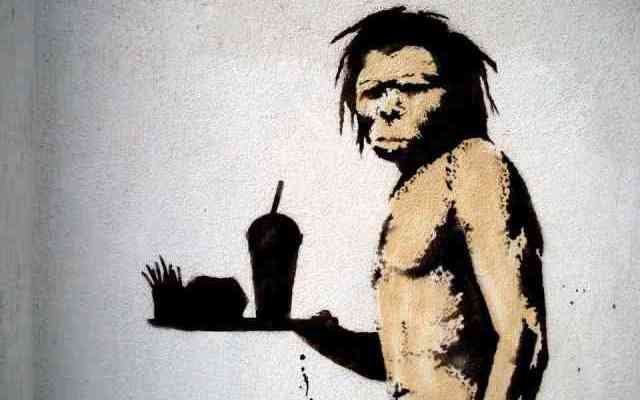
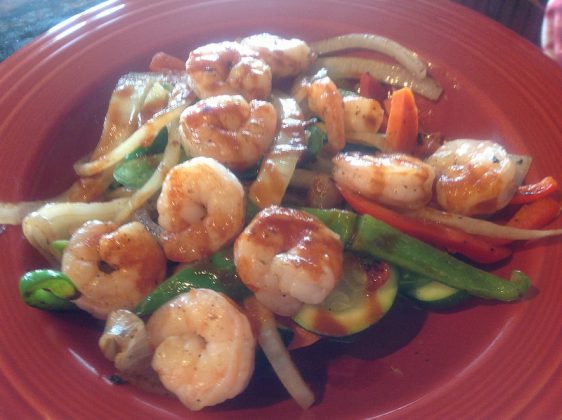
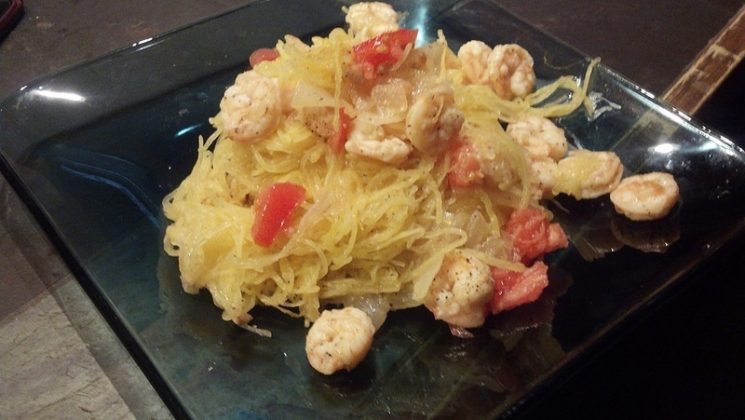
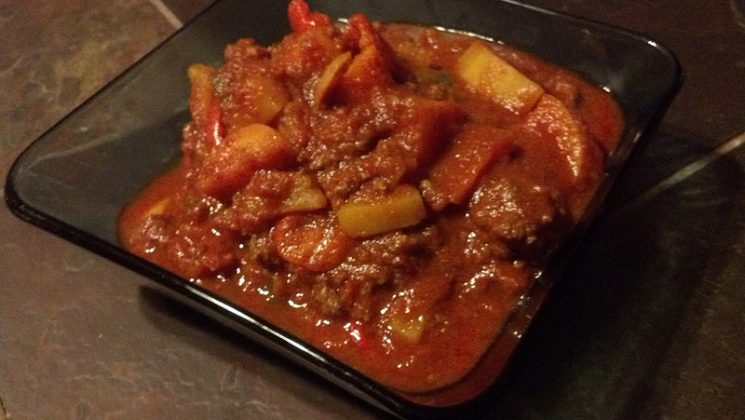
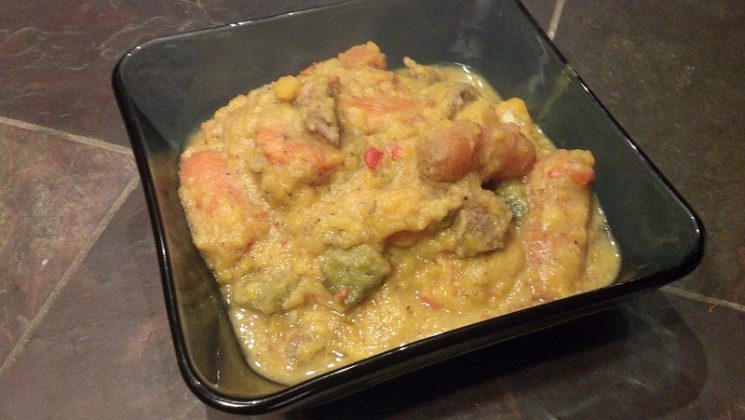
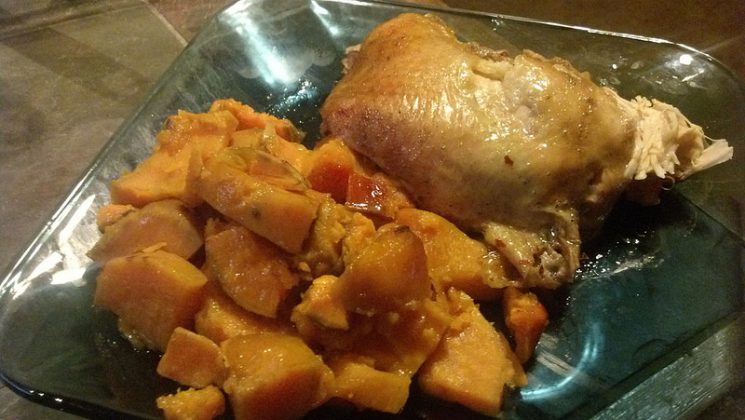
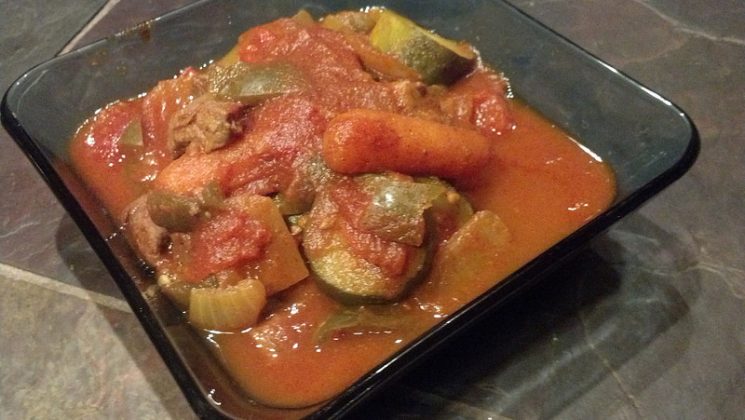
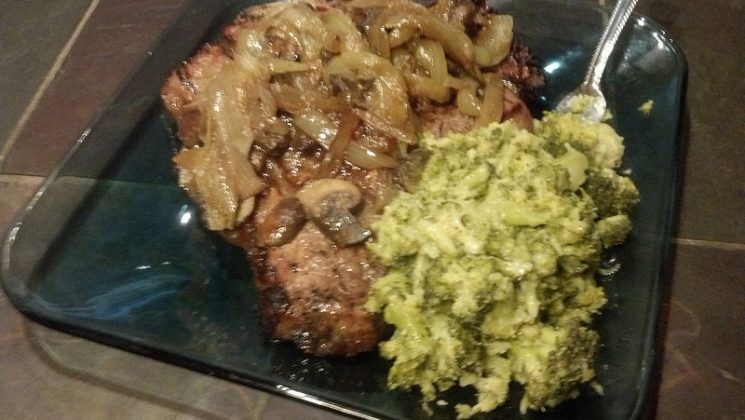
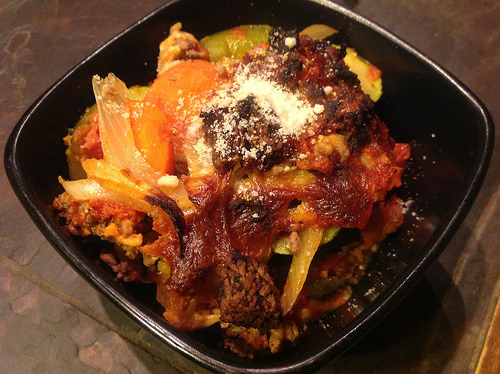
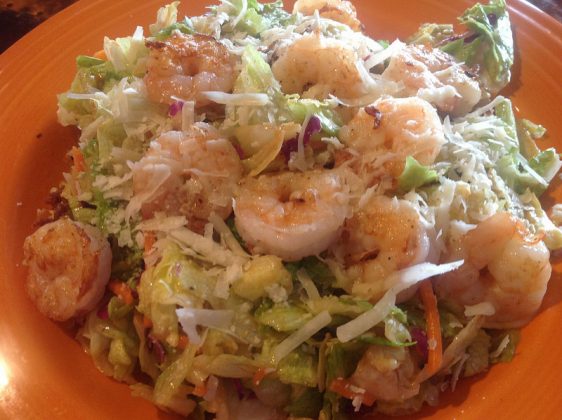


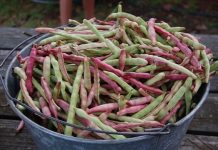

I didn’t see beans on the map. I love beans: black beans, red beans, pinto beans … and so on.
But beans are not paleo.
Most corn products I can give up, but I love grits and cornbread.
Wheat products are fairly easy to give up. Until I crave a tuna fish sandwich. Tuna salad is just not the same without bread.
But hamburger patties without the bun is fine.
Oh, I LOVE chicken katsu. That’s not paleo, and neither is southern fired chicken. Two problems there for me.
I’ve seen a lot of recipes where they take ground up cauliflower and form it into a “bread”. Never tried it, but its supposed to work well as pizza crust.
I work in an office; sit in front of a computer all day and don’t get up except for lunch and an afternoon snack.
Every day at 3pm I go to a store and get a coffee and buttered roll. Not healthy, not paleo.
Should probably change that to an apple or 1/2 a cantaloupe or something. That would be paleo as well as being healthy.
@jl try cloud bread, it’s pretty awesome stuff
http://i.imgur.com/QK4yAVf.jpg
http://www.food.com/recipe/carb-free-cloud-bread-411501
also fathead pizza crust is pretty darn good
https://youtu.be/rJYSThdcjYU
http://www.ruled.me/bacon-avocado-and-chicken-sandwich/
Definitely can see the paleo diet being a pathway to self sufficiency.